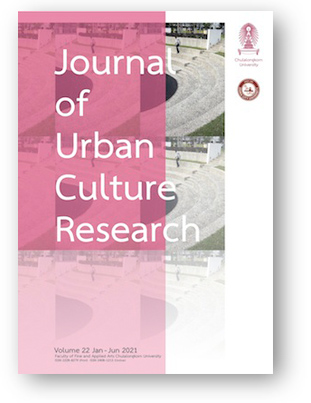Chinese Paradox: Where are Chinese Monuments?
DOI:
https://doi.org/10.14456/jucr.2021.2Keywords:
Architecture, Buddhism, China, Daoism, Iconoclasm, MonumentsAbstract
The bareness of the Chinese monumental landscape is the result of various factors, the analysis of which deserves an inquiry into Chinese modus vivendi. Daoist imprimatur and its recognition of nature’s superiority is but one. Buddhist sectarianism, Chinese fluid conception of time, Chinese iconoclasm, are phenomena that, largely, have concurred on creating a periodic tabula rasa of cultural heritage. Making sense of this is simply to recognize that artistic representations are not only metaphors for understanding social dynamics, but also a magnifying glass on the relation between people and their past.
Downloads
Published
How to Cite
Issue
Section
License
Authors authorize the JUCR to publish their materials both in print and online while retaining their full individual copyright. The copyright of JUCR volumes is retained by Chulalongkorn University.
The views and opinions expressed herein are those of the individual author(s) and do not necessarily reflect the policies or opinions of the Journal (JUCR), it editors and staff, Chulalongkorn University, or Osaka Metropolitan University.








